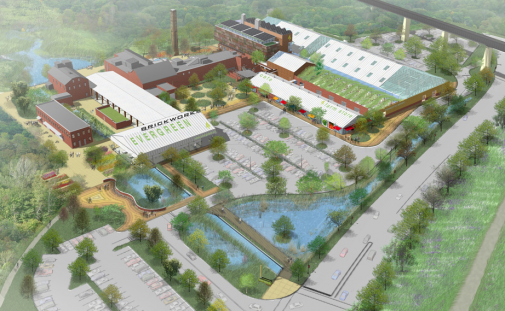Resources
What is Food Urbanism?
Upcoming events
You don't have access to any upcoming eventsSearch
Support

- FUI is supported by a grant from the Swiss National Science Foundation under the National Research Programme NRP 65 "New Urban Quality"
Yes to local urban agriculture – No to a temporary parking lot!!!
“Save R-URBAN, an internationally acclaimed professional and citizen initiative of resilient regeneration in Colombes, near Paris, and persuade the municipality and other authorities of the general interest of preserving this project whose main site in Colombes is currently threaten to …
+ read more
Idroponia

Idroponia in aulide
Matera. italy
A model in 1:1 scale hydroponic urban agriculture has been designed and built next to a house in the Sassi Area of Matera ( Basilicata, South Italy ). Hydroponics is a growing technique that uses …
+ read more
Evergreen Brick Works

Evergreen Brick Works is a community environmental center for cutting-edge ideas, technologies, and solutions for urban sustainability. In the center of the coplex, many activities related to education, production, and distribution of local food occur daily. Additionally, the community works …
+ read more
Le 56 – Ecointerstice

‘Le 56′ is located on a formerly unused piece of land which had remained undeveloped due to outstanding conflicts between building developers and the municipality. In an attempt to resolve the issue, the commune of Paris invited Atelier d’Architecture Autogérée …
+ read more
Growing Power

The mission of Growing power is “to grow food, to grow minds, and to grow community.” Focusing its efforts on underserved urban neighborhoods, Growing Power strives to increase access to local food, education and training, and economic opportunity.
Its production …
+ read more
Brick City Urban Farms and EarthBoxes

Brick City Urban Farms began using EarthBoxes when they created an urban farm (with the help of the newly elected mayor) on an unused parcel of land in Newark. The soil on this plot was polluted and unsuitable for growing …
+ read more
Bag/Sack Gardens

The slums of Nairobi house more than 60 percent of the population; Kibera slum being the second biggest. Agricultural land remains scarce and in December 2007, due to post-election violence, food prices rose by 50% in six months. The French …
+ read more


